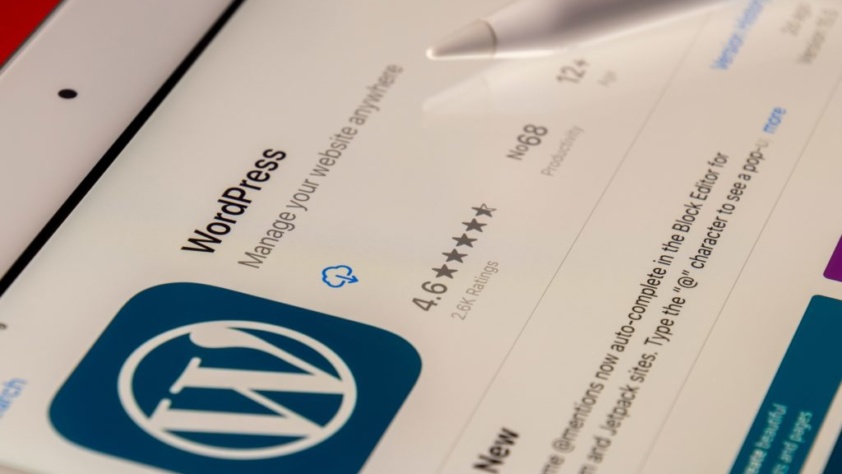Creating a successful ad campaign is crucial for driving traffic, boosting conversions, and achieving your business goals. To ensure your ad campaign is SEO-friendly and foolproof, follow these steps:
Step 1: Set Clear Goals Define your campaign objectives. Whether it’s increasing website traffic, generating leads, or boosting sales, clear goals will guide your campaign strategy.
Step 2: Understand Your Audience Research your target audience’s demographics, interests, and online behaviour. Create buyer personas to help tailor your ads to their preferences.
Step 3: Keyword Research Perform in-depth keyword research to identify relevant keywords and phrases. Use tools like Google Keyword Planner to discover high-volume, low-competition keywords.
Step 4: Develop Compelling Ad Copy Write persuasive ad copy that includes your target keywords. Highlight unique selling points and benefits to capture the audience’s attention.
Step 5: Create Landing Pages Design user-friendly, SEO-optimized landing pages that align with your ad’s message. Ensure fast loading times, mobile responsiveness, and clear calls to action.
Step 6: Optimize for SEO Ensure on-page SEO elements are in place. This includes optimizing meta titles, meta descriptions, and header tags, and using relevant keywords naturally throughout your content.
Step 7: Monitor and Test Use tracking tools like Google Analytics and Google Ads to monitor campaign performance. A/B test different ad variations, keywords, and landing pages to optimize results.
Step 8: Ad Extensions Utilize ad extensions to enhance your ads. Extensions like site links, callouts, and structured snippet extensions provide additional information and increase click-through rates.
Step 9: Budget and Bidding Strategy Set a realistic budget and bidding strategy. Allocate your budget effectively to maximize ROI. Experiment with bid adjustments based on device, location, and time of day.
Step 10: Ad Schedule Determine the optimal ad schedule based on when your target audience is most active. Adjust ad delivery times accordingly to maximize visibility.
Step 11: Quality Score Improvement Focus on improving your Quality Score, which can reduce costs and improve ad placement. Quality Score depends on ad relevance, landing page quality, and expected click-through rate.
Step 12: Ad Copy Testing Regularly test and refine your ad copy. Identify what resonates best with your audience and adjust your messaging accordingly.
Step 13: Mobile Optimization Ensure your ads and landing pages are mobile-friendly. Mobile optimization is crucial as many users browse and shop on mobile devices.
Step 14: Ad Retargeting Implement ad retargeting campaigns to re-engage visitors who didn’t convert initially. This can be a highly effective way to boost conversions.
Step 15: Analyze and Refine Continuously analyze campaign data, make data-driven decisions, and refine your campaign strategy based on performance insights.
In conclusion, creating a foolproof ad campaign that is SEO-friendly requires meticulous planning, regular monitoring, and a commitment to ongoing improvement. By following these steps and staying attuned to your audience’s needs and preferences, you can maximize the success of your ad campaigns while adhering to SEO best practices.
Thanks for reading,
Myk Baxter, eCommerce Consultant
#DigitalMarketing #Advertising #OnlineMarketing #SEO #PPC #AdCampaign #MarketingStrategy #MarketingTips #SocialMediaAds #KeywordResearch #LandingPageOptimization #AdCopy #A/BTesting #QualityScore #MobileOptimization #Retargeting #CampaignAnalytics #ROI #MarketingGoals #AudienceTargeting #MarketingSuccess #BusinessStrategy #MarketingInsights #MarketingTrends #ConversionRateOptimization #ContentMarketing #SEM #GoogleAds #MarketingCampaign #MarketingROI #SEOStrategy #MarketingPlanning
The post Step-by-Step Guide to Creating a Foolproof Ad Campaign for SEO Success appeared first on eCommerce Expert.





